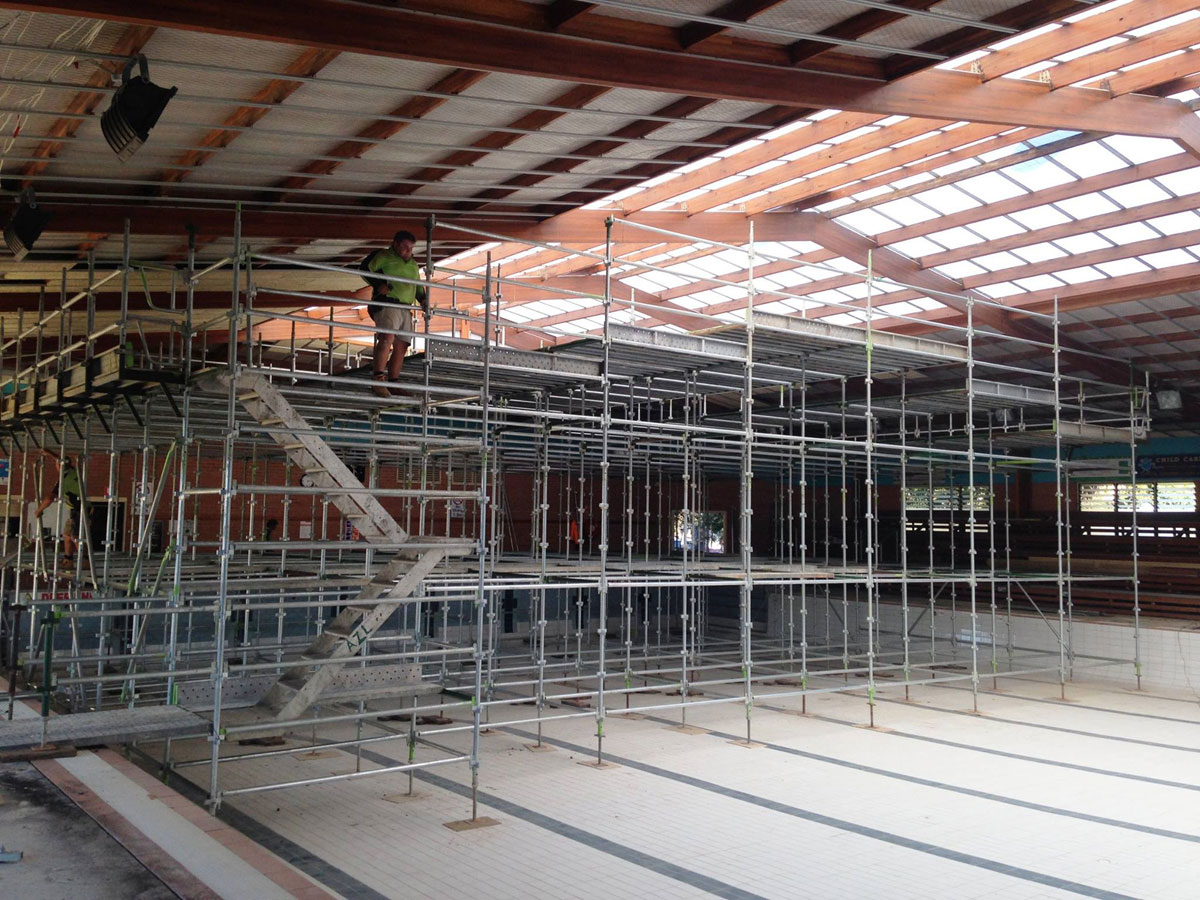The impressive Scaffold Network: Uniting on Commercial Projects

In the constantly changing landscape of business construction, scaffolding serves as a vital backbone that ensures projects run efficiently, safely, and efficiently. As structures rise taller and the intricacy of builds grows, the importance of strong and adaptable scaffolding systems cannot be overemphasized. Business scaffolding is more than just a temporary framework; it plays a crucial role in enabling various construction tasks, from allowing workers to access elevated areas to supporting the tools and materials necessary for successful project completion.
Understanding what commercial scaffolding entails and why it is essential for contemporary construction practices is the first step towards recognizing its effect on job site safety and efficiency. This article will explore the different types of scaffolding used in commercial projects, highlight the key safety measures and compliance regulations that must be adhered to, and provide insights into how to select the right scaffolding solutions tailored to specific requirements. Whether it's updating office spaces, constructing high-rise buildings, or outfitting stadiums, the scaffold connection is paramount in joining forces for successful commercial projects.
Comprehending Business Scaffold Structures
Retail scaffolding is a short-term structure employed to assist staff and materials during the construction, upkeep, or repair of retail buildings. It serves a critical role in ensuring that projects can be accomplished safely and smoothly, permitting access to elevated or hard-to-reach areas. Without appropriate scaffolding, jobs that involve extensive work at heights would be considerably more dangerous and challenging, emphasizing the necessity of this indispensable equipment in the erection industry.
There are numerous types of scaffolding utilized in business projects, including structure scaffolding, system scaffolding, and pipe and clamp scaffolding. Each type has its unique particular advantages and is picked based on the particular requirements of the task. For instance, system scaffolding is often preferred for its quick installation and adaptability to different building layouts, making it a common choice for numerous business operations.
Safety is a major concern on any worksite, and commercial scaffolding is designed with this in mind. Regulations, such as those set by OSHA, require strict safety standards that scaffold systems must meet to shield staff from falls and other dangers. Frequent safety inspections, compliance with safety protocols, and adequate training for crews operating scaffolding are necessary to maintain a secure working environment, ultimately boosting productivity while minimizing the chance of accidents on business construction sites.
Safety and Adherence in Scaffolding
Maintaining security and adherence in scaffold construction is essential for the well-being of workers and the effective completion of business projects. The OSHA provides rigorous regulations controlling scaffold construction practices to prevent accidents and injuries. These regulations demand that all scaffold systems be adequately designed, constructed, and maintained, highlighting the need for skilled personnel who grasp the requirements and hazards associated with working at heights.

Frequent inspections and maintenance are critical to upholding security criteria on work sites. A thorough scaffolding safety inspection involves checking load limits, stability, and the structural integrity of the structure. This should be conducted before every use, as well as regularly throughout the duration of the project. Proper record-keeping of inspections can also aid show adherence with OSHA standards and provide a important record in case of incidents.
Investing in scaffold training for your crew is essential for cultivating a safety-first culture on the job site. Training should cover the basics of scaffold safety, including recognizing common hazards, appropriate usage protocols, and the importance of PPE. By equipping employees with the necessary skills and knowledge, companies can significantly reduce accident rates while also confirming adherence to regulatory standards in the building industry.
Selecting Best Scaffolding Solutions
Choosing the right scaffolding solution for your commercial project is crucial for ensuring productivity and security. Consider the particular requirements of the project, like height, load capacity, and the various tasks required. Different scaffolding systems, such as modular, tube and clamp, and system scaffolding, provide diverse advantages depending on the scope of work. Consider the accessibility of the site and how the scaffolding will work with concurrent tasks to enhance productivity and reduce disruptions.
It's essential to assess the materials used in scaffolding systems. here are the findings , for instance, is easy to handle and easy to assemble, thus becoming a popular choice for commercial jobs requiring mobility and quick setup times. Conversely, heavier options like steel scaffolding offer superior load-bearing capacity, potentially crucial for necessary for more demanding applications. Make sure that the selected scaffolding equipment complies with all necessary safety standards and regulations to protect workers and meet legal requirements.
Finally, consulting an expert scaffolding company can offer crucial insights into the right choices for your project. Knowledgeable firms can analyze your needs, advise on the most suitable scaffolding types, and assist in logistics and setup. By leveraging their expertise, you can steer clear of typical errors and guarantee that your scaffolding setup enhances the overall success of the construction.
